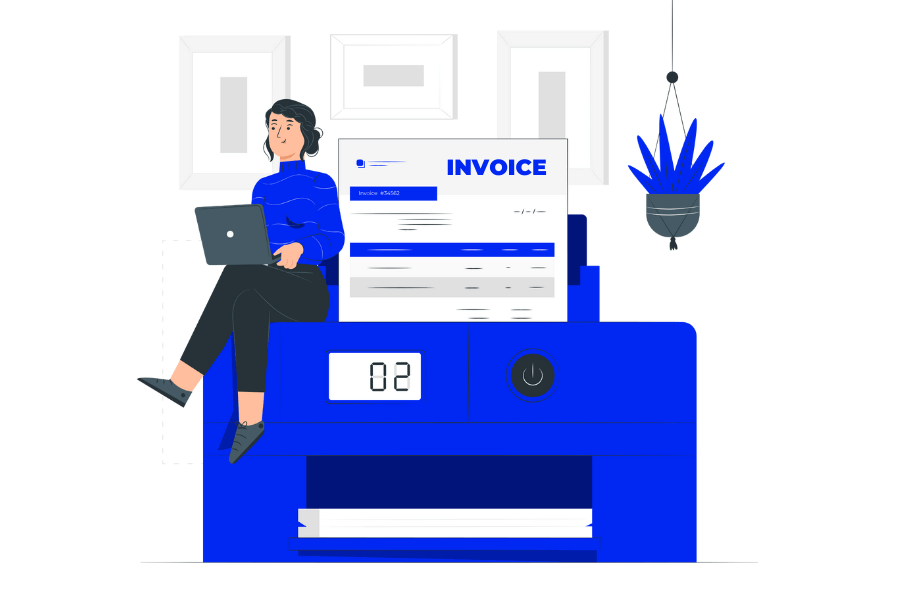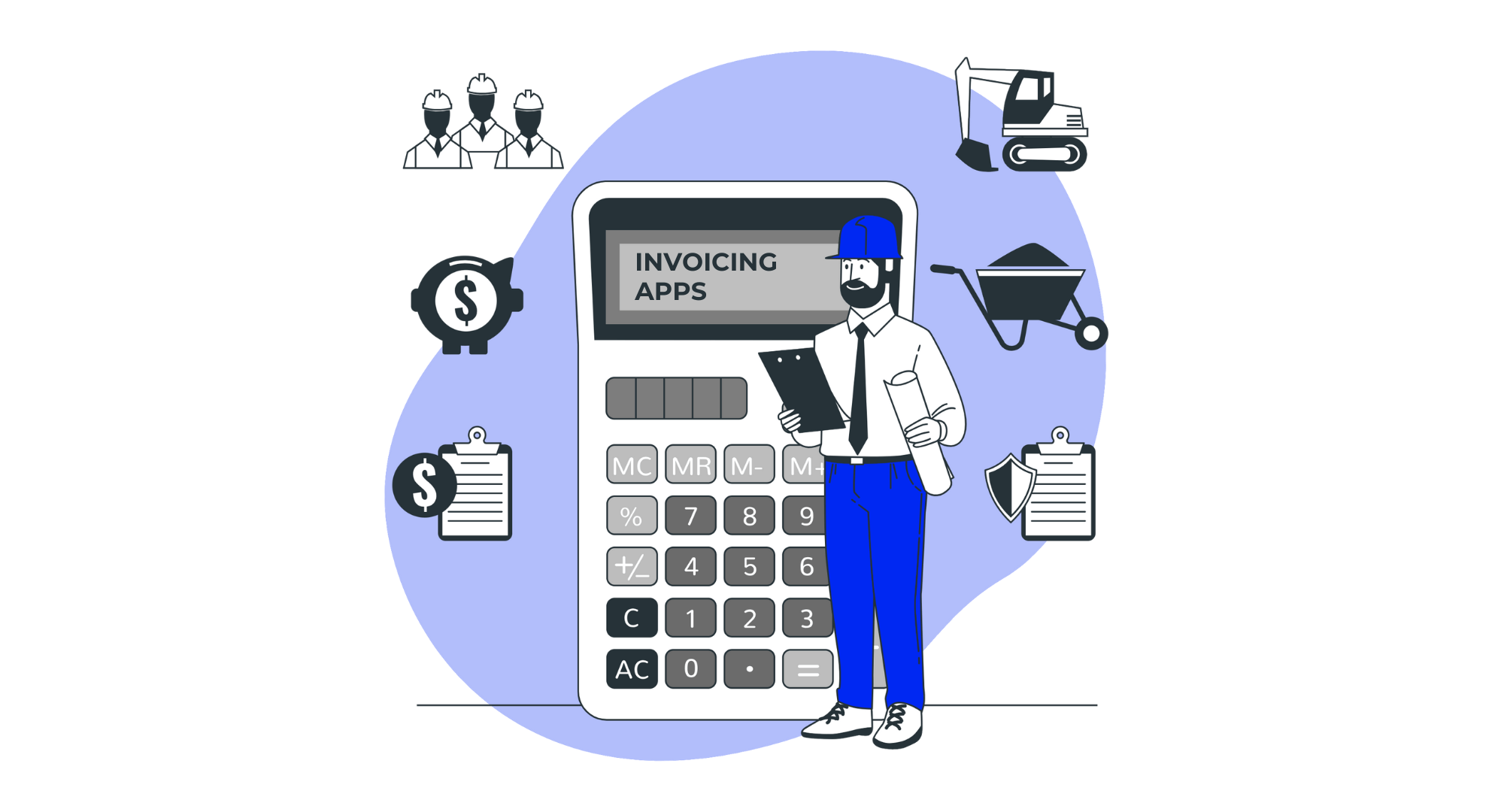
Do you find it difficult to manage multiple clients?
If you have difficulty juggling different projects with their own timelines and deliverables, keeping up with unrealistic client expectations, and getting invoices and payments delivered on time, then you’re probably struggling with client management.
But the problems with ineffective client management are not limited to operational issues. Over time, it will result in poor client experience and potentially high client churn rate. And as a service provider, you know that your business is extremely dependent on a handful of high value clients, and that you can’t risk losing them.
But how can you manage clients effectively and ensure their satisfaction? You’ll find out in this article.
What is client management?
Client management is the process of managing an organization’s relationship with its clients in order to keep them satisfied. Effective client management guarantees client loyalty, reduces the costs of client acquisition, and coordinates your internal efforts to deal with multiple clients.
One important prerequisite for successful client management is having a good understanding of them and their needs.
How to make sure you have a good understanding of your clients? A good start is answering these questions: what do they use your product or service for (problems they’re solving)? What are their communication preferences (the when, why, and how of the communication)? What are some challenges they face with your product or service? What makes them switch from your product to a competitor?
Client management has a rather large scope starting with client education and onboarding all the way through effective communication, project management and invoicing. We’ll talk about all the main aspects of client management in this article but before we do that, let’s see what a client is and how it differs from a customer.

Clients vs. Customers: What’s the Difference?
Clients and customers both refer to people or organizations purchasing from you. But by definition they’re different based on the type of products they purchase and the relationship they have with a business.
A customer refers to a person or organization that purchases a product rather than a service from a company. Retail, restaurant, and software businesses have customers that pay for products.
A client, on the other hand, refers to a person or organization that purchases a service rather than a product. Think freelancers and contractors, consulting agencies, and service companies that offer some kind of service to their buyers.
Clients expect a more personalized and customized experience and have a close and ongoing relationship with businesses. Because of this, managing clients is more challenging than customers. Let’s see what some of these challenges are.
Aspect | Clients | Customers |
Relationship | Ongoing, long-term | Transactional, often short-term |
Focus | Personalized services and advice | Product-based or one-time purchases |
Interaction | Continuous support and engagement | Minimal interaction post-purchase |
Examples | Consulting, legal, financial services | Retail, e-commerce, restaurants |
Needs | Customized solutions and guidance | Quick, straightforward transactions |
6 Top Challenges of Client Management
Managing clients might sound like a breeze, but things can get tricky when you’re in the thick of it. Successful client management comes with its own set of obstacles that need thoughtful handling to keep everything running smoothly.
1- Managing unrealistic client requests
Unclear client expectations often top the list of client management issues. You might think you’re on the same page with your client about project goals, only to find out later that their vision differs significantly from yours.
Also, sometimes, clients come up with ideas that might be unrealistic or out of scope, but saying “yes” can feel like walking on eggshells. It’s important to find a way to align expectations early on without overpromising. For example, if a client wants a project completed faster than possible, explaining the timeline with clear steps can help set realistic expectations. This ultimately improves customer satisfaction.
2- Communication gap
Communication gaps are another frequent stumbling block. Misunderstandings often happen, especially when there’s a lack of regular updates or when both sides have different interpretations of what’s been discussed. This can lead to projects going off-course or, worse, missed deadlines. In fact, 44% of projects fail due to poor communication, which shows the importance of staying in sync with your clients from the start.
Effective client management includes regular check-ins, progress reports, and open channels for questions to improve the overall client experience.
3- Micromanagement
Some clients want to be involved in every little detail, which can slow the project and create unnecessary stress. While having an engaged client is great, constant input on minor adjustments can derail progress.
A study by Harvard Business Review found that 59 percent of employees have worked for a micromanager, with 55 percent of them saying it hurt their productivity.
For example, you might be designing a website, but the client keeps requesting changing button colors multiple times daily. To avoid this, set effective communication boundaries, use a good client management tool, and schedule regular check-ins so the client stays involved without becoming overly controlling.
Let Billdu Handle Your Invoicing!
Save time with Billdu’s easy invoicing. Let Billdu handle your invoicing while you focus on your business!













